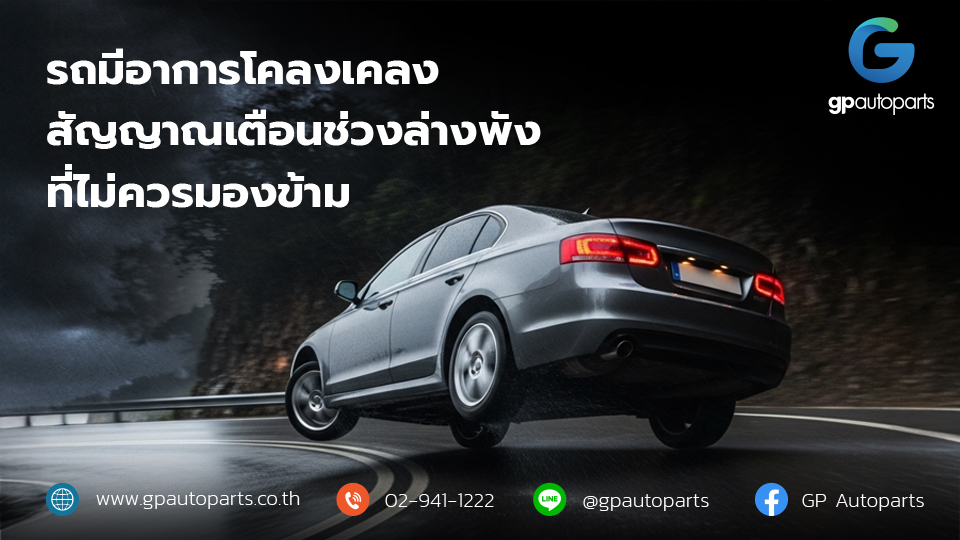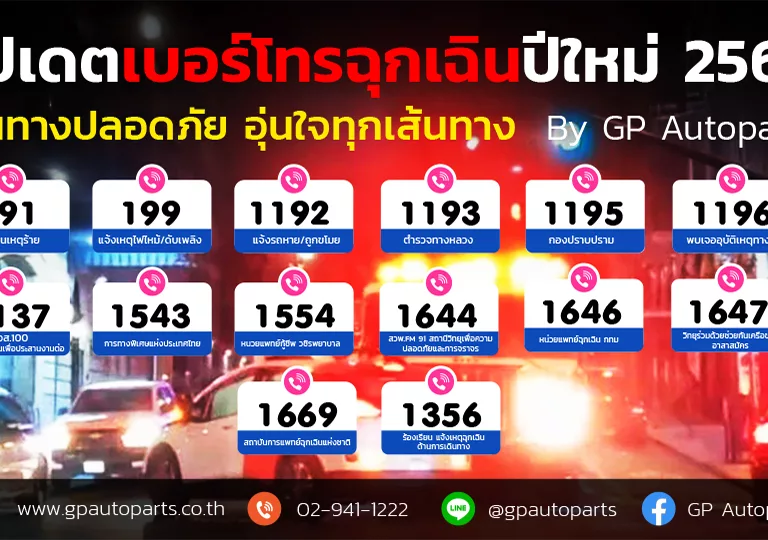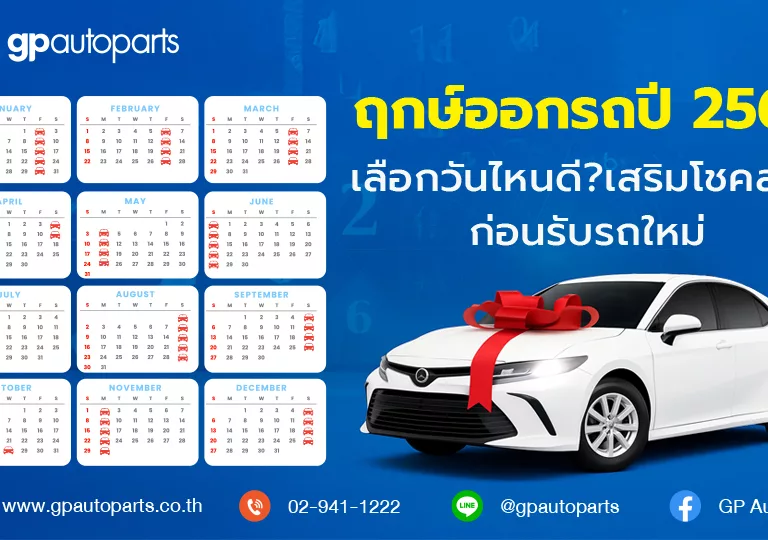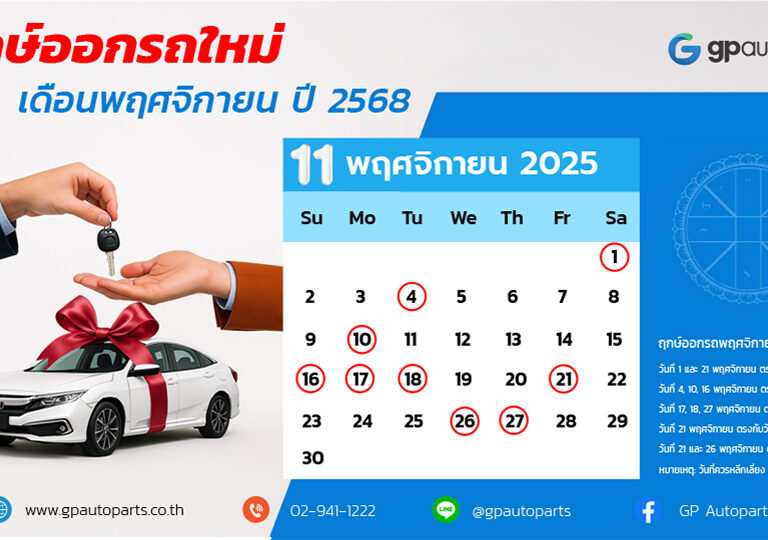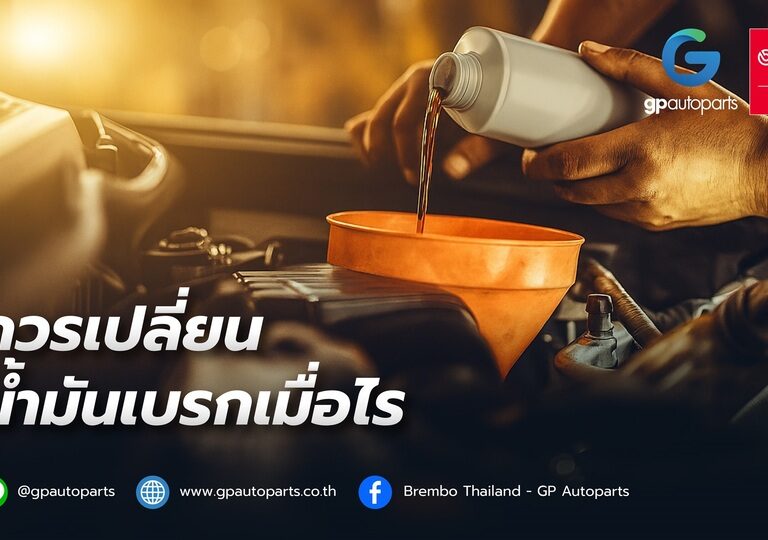
How Long Can You Use a Red License Plate? Latest Update 2025
One of the most common questions new car owners ask is: “How long can I use a red license plate?”According to Thailand’s updated law in 2025, vehicles with temporary red plates can be used for no more than 30 days from the date of purchase or up to 3,000 kilometers as recorded in the logbook. During this 30-day period, the car owner or dealership (dealer) must register the car with the Department of Land Transport (DLT) to receive a permanent white license plate. Using a red plate beyond this period is a legal offense. Important Restrictions Every Red Plate User Must Know Using a red plate does not grant the same freedom as a white plate. There are three important restrictions that must be strictly followed: No Night Driving: Red plate vehicles are not permitted on the road between sunset and sunrise (generally after 6:00 PM and before 6:00 AM), unless written permission is obtained from an official. No Inter-Provincial Driving (Without Permission): The vehicle cannot be driven outside the province specified in the logbook. If travel across provinces is necessary, permission must be granted by the registrar and recorded in the logbook. Usage Must Always Be Recorded: The driver must always keep the “Temporary License Plate Logbook” in the vehicle and must consistently record usage details, such as the driver’s name, date, and route. The Process of Changing from a “Red Plate” to a “White Plate” Typically, the registration process is handled by the dealership where you purchased the car. As the owner, your responsibility is to provide the following essential documents: Copy of your ID card Copy of your House Registration (Tabien Baan) Power of Attorney (if the dealer is acting on your behalf) Recommendation: You should regularly follow up with your sales representative or the dealership on the registration status to ensure the process is completed and you receive your white plate within the 30-day timeframe. Penalties and Fines for Improper Red Plate Use Violating the regulations for red plate use will result in legal penalties: Using a red plate for more than 30 days: Fine of up to 10,000 Baht. Driving a red plate car to another province without permission: Fine of up to 10,000 Baht. Driving a red plate car at night without permission: Fine of up to 10,000 Baht. Adhering to the regulations for a red license plate and ensuring the registration for a white plate is completed promptly are essential duties for a new car owner. This allows you to use your new vehicle with peace of mind and in full compliance with the law. Reference:Thank you for the reference:https://www.dlt.go.th/th

